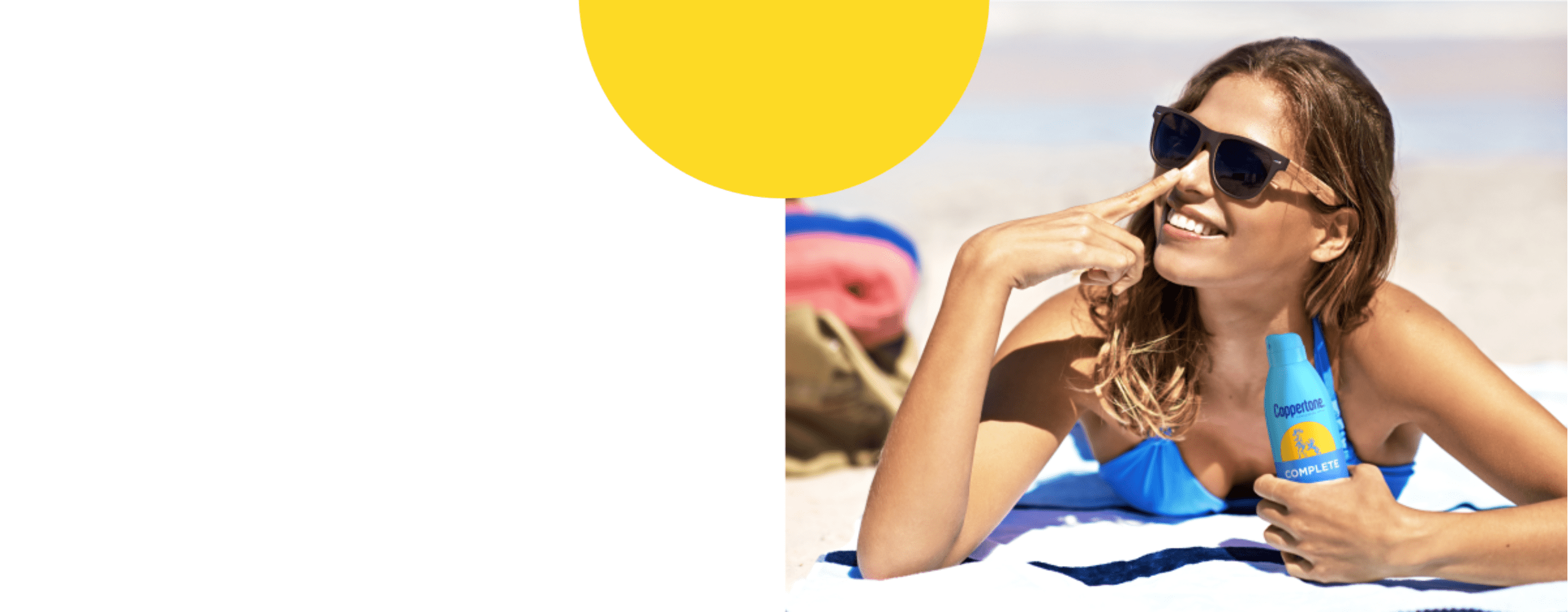Determine the sunscreen SPF protection you need based on your skin type, location and activity.
UV rays are strongest as you near the Equator, and the higher the elevation, the greater your exposure.
If you have fair skin, as well as light-colored eyes and hair, your're likely to burn more easily when exposed to UV rays.
Many dermatologists recommend using a product with minimum SPF 30, which can help protect you from approximately 97% of the sun’s harmful rays.
For protection against UVB and UVA rays, look for the words "broad spectrum" on the product label.
Don't forget to check your local UV index and weather forecast!


